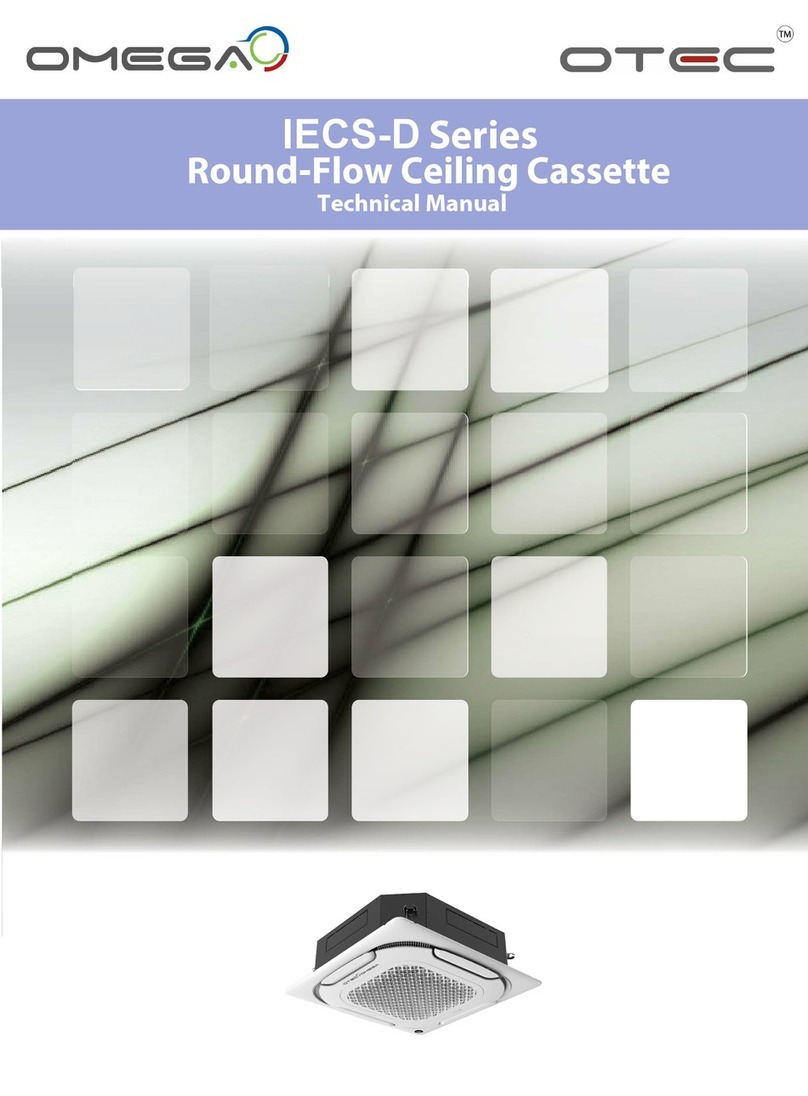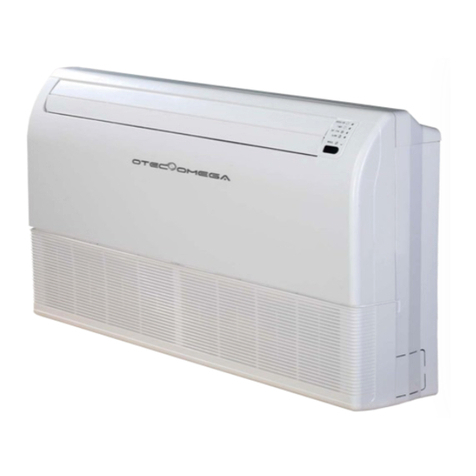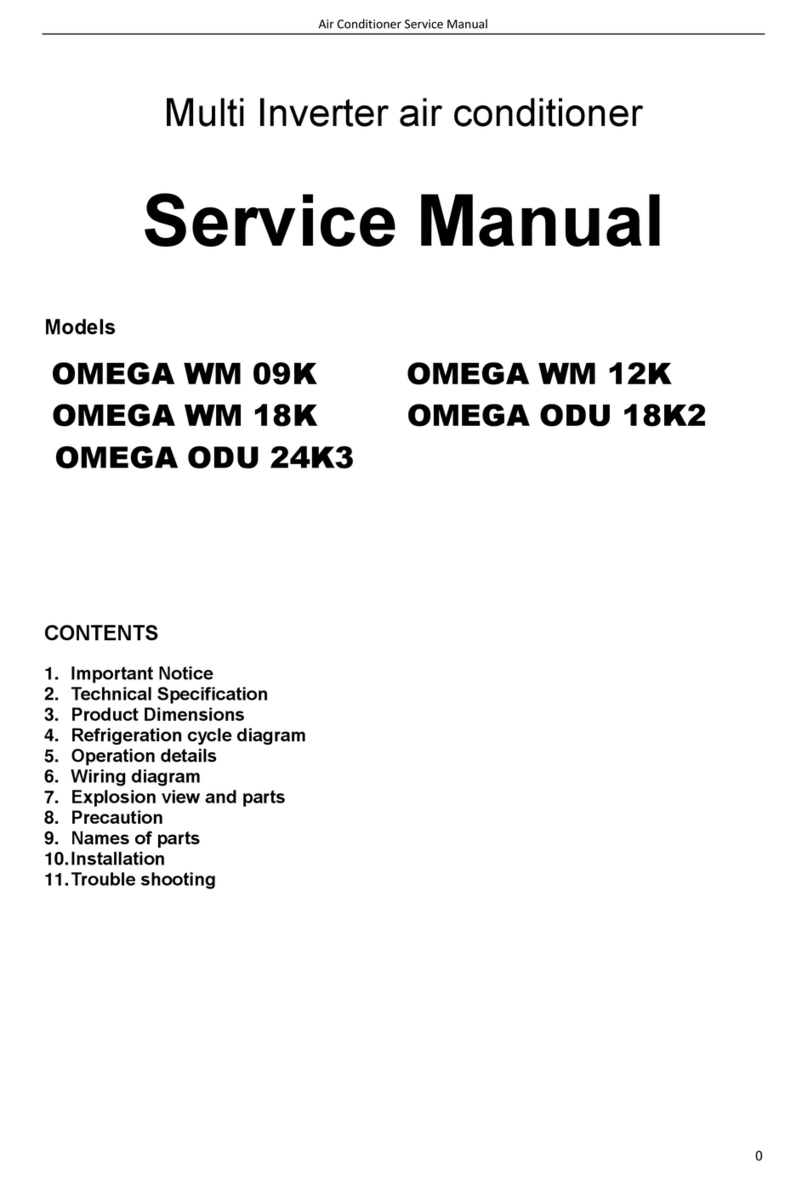
Content
1. Safety Precautions.........................................................................................................................1
2. Troubleshooting ...........................................................................................................................4
2.1 Safety caution....................................................................................................................4
2.2 Error diagnosis and solution without error code.................................................................4
2.3 Error code list....................................................................................................................6
2.4 Spot check.........................................................................................................................7
2.4 Troubleshooting by error code ...........................................................................................8
Indoor unit error ..............................................................................................................8
2.4.1 E1 (IDU) Communication failure between indoor and outdoor unit.........................8
2.4.2 E2, E3, E4 (IDU) temperature sensor fault ..............................................................8
2.4.3 E6 (IDU) Zero-crossing detection fault ...................................................................9
2.4.4 E7 (IDU) EEPROM error........................................................................................9
2.4.5 E8 (IDU) PG fan motor stall protection...................................................................9
2.4.6 E9 (IDU) Communication fault of wired controller .................................................10
2.4.7 HC Room card port disconnected port.....................................................................10
Outdoor unit error............................................................................................................11
2.4.8 E2 (ODU) Communication failure between indoor and outdoor unit .......................11
2.4.9 E4, E5, E6 (ODU) temperature sensor fault.............................................................11
2.4.10 E9 (ODU) AC over-voltage / under-voltage protection..........................................11
2.4.11 E10 (ODU) Outdoor unit EEPROM error..............................................................11
2.4.12 E11 (ODU) Indoor unit fan motor fault .................................................................11
2.4.13 E12 (ODU) IPM temperature sensor fault .............................................................11
2.4.14 E2x Outdoor unit fan motor fault ..........................................................................12
2.4.15 H2x Compressor fault ...........................................................................................12
2.4.16 P3 Primary / secondary over-current protection.....................................................12
2.4.17 P4 High discharge temperature protection .............................................................13
2.4.18 P5 High condenser temperature protection ............................................................13
2.4.19 P6 IPM module fault.............................................................................................13
2.4.20 P7 IDU anti-frosting protection.............................................................................14
2.4.21 P8 High IPM temperature protection.....................................................................14
2.4.22 P9 Outdoor unit fan motor stall protection.............................................................15
2.4.23 P11 High evaporator temperature protection .........................................................15































